-
 Bitcoin
Bitcoin $108,338.0981
-0.13% -
 Ethereum
Ethereum $2,566.4077
1.16% -
 Tether USDt
Tether USDt $1.0001
-0.01% -
 XRP
XRP $2.2841
-2.59% -
 BNB
BNB $658.5241
-0.17% -
 Solana
Solana $150.3819
-1.08% -
 USDC
USDC $0.9999
-0.01% -
 TRON
TRON $0.2864
-0.24% -
 Dogecoin
Dogecoin $0.1694
0.24% -
 Cardano
Cardano $0.5813
-0.72% -
 Hyperliquid
Hyperliquid $37.8292
-4.60% -
 Bitcoin Cash
Bitcoin Cash $503.3593
1.69% -
 Sui
Sui $2.8784
-0.69% -
 Chainlink
Chainlink $13.4784
-0.43% -
 UNUS SED LEO
UNUS SED LEO $9.0793
-0.27% -
 Stellar
Stellar $0.2537
-0.41% -
 Avalanche
Avalanche $18.0047
-0.23% -
 Shiba Inu
Shiba Inu $0.0...01181
1.56% -
 Hedera
Hedera $0.1608
0.49% -
 Toncoin
Toncoin $2.7568
-0.93% -
 Litecoin
Litecoin $86.4121
-0.20% -
 Monero
Monero $313.7273
-0.86% -
 Polkadot
Polkadot $3.3715
-0.66% -
 Dai
Dai $1.0001
0.01% -
 Ethena USDe
Ethena USDe $1.0004
0.03% -
 Bitget Token
Bitget Token $4.2902
-0.54% -
 Uniswap
Uniswap $7.5361
2.73% -
 Aave
Aave $285.6090
-0.55% -
 Pepe
Pepe $0.0...09958
0.28% -
 Pi
Pi $0.4560
-0.65%
How to perform token swaps in Coinbase Wallet?
2025/03/25 03:01
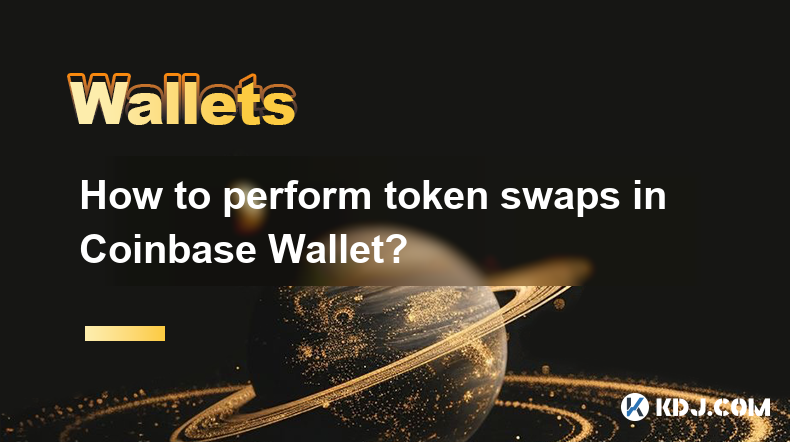
Key Points:
- Coinbase Wallet supports token swaps through various decentralized exchanges (DEXs) integrated within the app.
- The process involves selecting the tokens you want to swap, confirming the transaction details, and approving the transaction on your wallet.
- Gas fees, network congestion, and slippage are important factors to consider when performing token swaps.
- Understanding the risks involved, including potential scams and impermanent loss, is crucial before initiating any swap.
- Coinbase Wallet's user-friendly interface simplifies the swapping process, but prior knowledge of blockchain technology and DEXs is beneficial.
How to Perform Token Swaps in Coinbase Wallet?
Coinbase Wallet offers a convenient in-app experience for swapping various tokens. It leverages partnerships with different decentralized exchanges (DEXs), allowing users to trade directly from their wallet. The process is designed to be user-friendly, but a basic understanding of cryptocurrency and DEXs is recommended.
Before you begin, ensure you have the tokens you wish to swap already in your Coinbase Wallet. You'll also need sufficient network fees (gas) to cover the transaction costs. These fees vary depending on the network and its congestion. Check your wallet's balance and the current gas prices before proceeding.
To initiate a token swap, open your Coinbase Wallet app and navigate to the "Swap" or "Trade" section. This section's location might vary slightly depending on your app version. Look for a prominent icon or tab labeled similarly.
Once in the swap section, you'll be prompted to select the token you wish to swap from and the token you want to receive to. Enter the amount of the source token you intend to exchange. The wallet will automatically calculate the approximate amount of the target token you'll receive, taking into account the current market price and any fees.
After entering the desired amounts, review the transaction details carefully. Pay close attention to the exchange rate, the fees, and the total amount of the source token being used. Ensure you understand the potential for slippage, which is the difference between the expected exchange rate and the actual rate at the time the transaction is finalized. Network congestion can significantly impact slippage.
The next step is to approve the transaction. This usually involves confirming the transaction on your device, often by entering your wallet's password or confirming via biometric authentication (fingerprint or face ID). Once confirmed, the swap will be initiated, and the process may take some time depending on network conditions.
Understanding the DEXs and Network Fees
Coinbase Wallet integrates with various DEXs. These DEXs operate differently and may have varying fees and functionalities. While Coinbase Wallet simplifies the process, understanding the underlying DEX involved is crucial. Research the DEX used for your specific swap to better understand its fees and mechanisms.
Network fees, also known as gas fees, are crucial. These fees are paid to the miners or validators on the blockchain to process your transaction. High network congestion leads to higher gas fees. Monitoring gas prices and timing your swaps during periods of lower congestion can save you significant costs.
Risk Management and Security
Always double-check the address you're sending tokens to. Ensure it's the correct address for the receiving token and the intended recipient. Mistakes can result in irreversible loss of funds. Be wary of phishing attempts and only use the official Coinbase Wallet app. Never share your seed phrase or private keys with anyone.
Understand the concept of impermanent loss, especially if using decentralized exchanges. Impermanent loss refers to the potential loss incurred when the price of your swapped tokens changes after the swap. It’s important to understand these risks before making any significant trades. Thoroughly research the tokens involved before initiating any swaps.
Common Questions:
Q: What if my swap fails?
A: If a swap fails, the funds usually remain in your wallet. Check the transaction details for any error messages and contact Coinbase Wallet support if needed. The reasons for failure can include insufficient funds, high gas fees, or network issues.
Q: Can I swap any token?
A: Coinbase Wallet supports a wide range of tokens, but not all. Check the available token list within the app's swap function to see if your desired tokens are supported. The availability of tokens can also depend on the specific DEX used by the wallet.
Q: What are the fees involved in a token swap?
A: Fees comprise network fees (gas fees) paid to the blockchain and potential fees charged by the decentralized exchange used for the swap. These fees can vary significantly depending on network congestion and the DEX’s fee structure. Always review the transaction details before confirming.
Q: Is it safe to use Coinbase Wallet for token swaps?
A: Coinbase Wallet employs security measures, but cryptocurrency transactions inherently carry risks. Practice good security habits, such as using a strong password, enabling two-factor authentication, and being vigilant against phishing attempts. Remember that you are solely responsible for your private keys and the security of your wallet.
Q: How long does a token swap take?
A: The time required for a swap varies greatly depending on network congestion. During periods of high network activity, swaps can take longer. The process can range from a few seconds to several minutes or even longer. Monitor the transaction status within your wallet to track its progress.
免責事項:info@kdj.com
提供される情報は取引に関するアドバイスではありません。 kdj.com は、この記事で提供される情報に基づいて行われた投資に対して一切の責任を負いません。暗号通貨は変動性が高いため、十分な調査を行った上で慎重に投資することを強くお勧めします。
このウェブサイトで使用されているコンテンツが著作権を侵害していると思われる場合は、直ちに当社 (info@kdj.com) までご連絡ください。速やかに削除させていただきます。
- Tether's Gold Rush:Swiss VaultsとStablecoinsの未来の80億ドル
- 2025-07-09 02:50:13
- 馬小屋、マントル、およびスタブコインユーティリティ:暗号支払いの新しい時代?
- 2025-07-09 02:50:13
- Atom Bullish Breakout:暗号感情とコスモス生態系
- 2025-07-09 02:55:12
- Kraken、Lear Wing、Memecoins:シンガポールグランプリへのワイルドライド!
- 2025-07-09 00:50:12
- Cronos Skyrockets:CroのCrypto Surgeの背後にある理由を解読します
- 2025-07-09 01:30:12
- Ethereum's Wall Street Love&Ruvi Aiの監査集会:暗号カクテル
- 2025-07-09 00:55:12
関連知識

Trezorパスフレーズを忘れた場合はどうなりますか
2025-07-09 03:15:08
Trezorパスフレーズの役割を理解するTrezorハードウェアウォレットを使用する場合、回復シードを超えてセキュリティの追加層としてパスフレーズを設定している可能性があります。デバイスに付属する12または24ワードの回復フレーズとは異なり、 Trezorパスフレーズは隠されたウォレット修飾子のよう...
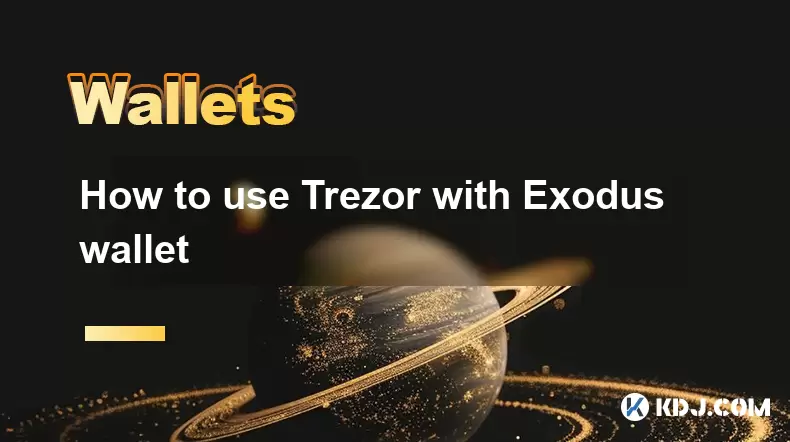
ExodusウォレットでTrezorを使用する方法
2025-07-09 00:49:34
TrezorハードウェアウォレットをExodusソフトウェアウォレットに接続しますTrezorを使用してExodusウォレットを使用するには、ユーザーはExodusが提供するソフトウェアインターフェイスにハードウェアウォレットを接続する必要があります。この統合により、ユーザーフレンドリーなインターフ...
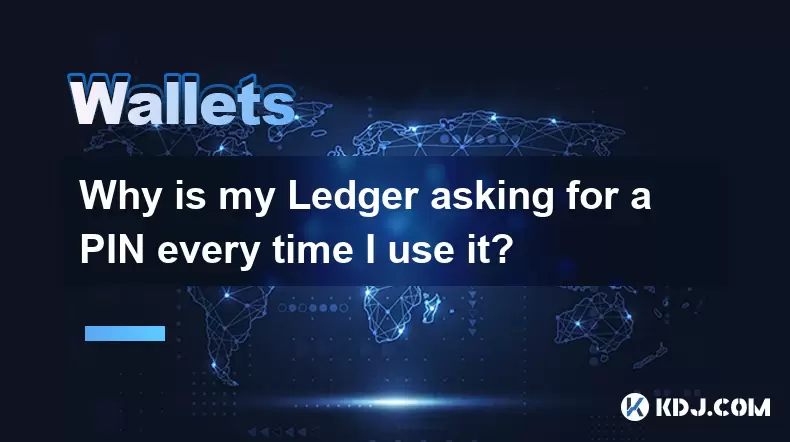
なぜ私の元帳が使用するたびにピンを求めているのですか?
2025-07-08 23:21:50
元帳デバイスのピンの目的を理解するピン(個人識別番号)は、すべての元帳ハードウェアウォレットに組み込まれた重要なセキュリティ機能です。その主な機能は、不正アクセスからデバイスを保護することです。最初に元帳をセットアップすると、暗号通貨保有の最初の防衛層として機能する一意のピンコードを作成するように求...
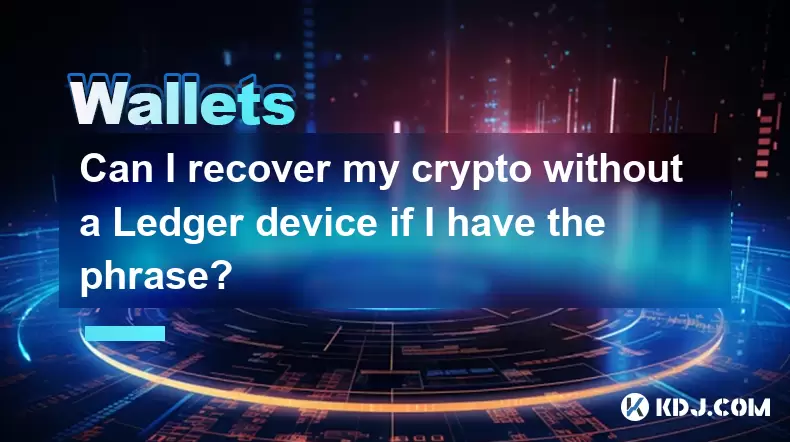
フレーズがある場合、元帳デバイスなしで暗号を回復できますか?
2025-07-09 01:36:01
暗号セキュリティにおける回復フレーズの役割を理解する回復フレーズがあり、元帳デバイスがない場合は、暗号通貨を回復できるかどうか疑問に思うかもしれません。短い答えはイエスです。回復フレーズがある場合は、元帳デバイスなしで暗号を回復できます。これは、シードフレーズとしても知られている回復フレーズが、財布...
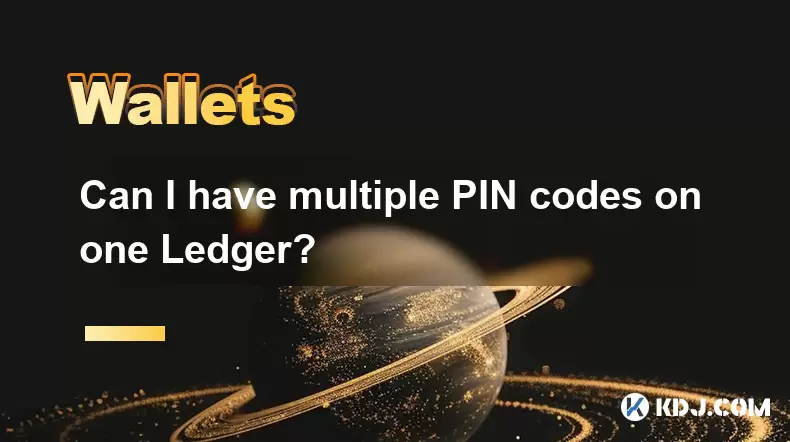
1つの元帳に複数のピンコードを使用できますか?
2025-07-09 00:35:18
分散化された交換の基本を理解する(DEXS)分散型交換、またはDEXは、中央当局なしで動作する暗号通貨取引プラットフォームの一種です。従来の集中交換(CEXS)とは異なり、DEXはユーザーが交換自体に資金を預け入れる必要なく、ウォレットから直接取引することができます。この構造は、ユーザーが取引プロセ...
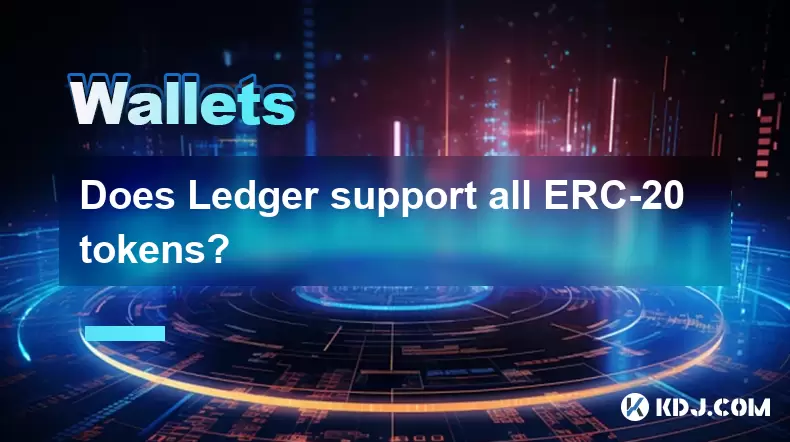
元帳はすべてのERC-20トークンをサポートしていますか?
2025-07-09 03:42:56
元帳ウォレットとそのトークンサポートを理解するLedger Nano SやLedger Nano Xなどの元帳ウォレットは、暗号通貨を安全に保存するように設計されたハードウェアウォレットです。これらのデバイスは、プライベートキーのオフラインストレージを提供し、オンラインの脅威に対して高いレベルのセキ...

Trezorパスフレーズを忘れた場合はどうなりますか
2025-07-09 03:15:08
Trezorパスフレーズの役割を理解するTrezorハードウェアウォレットを使用する場合、回復シードを超えてセキュリティの追加層としてパスフレーズを設定している可能性があります。デバイスに付属する12または24ワードの回復フレーズとは異なり、 Trezorパスフレーズは隠されたウォレット修飾子のよう...

ExodusウォレットでTrezorを使用する方法
2025-07-09 00:49:34
TrezorハードウェアウォレットをExodusソフトウェアウォレットに接続しますTrezorを使用してExodusウォレットを使用するには、ユーザーはExodusが提供するソフトウェアインターフェイスにハードウェアウォレットを接続する必要があります。この統合により、ユーザーフレンドリーなインターフ...

なぜ私の元帳が使用するたびにピンを求めているのですか?
2025-07-08 23:21:50
元帳デバイスのピンの目的を理解するピン(個人識別番号)は、すべての元帳ハードウェアウォレットに組み込まれた重要なセキュリティ機能です。その主な機能は、不正アクセスからデバイスを保護することです。最初に元帳をセットアップすると、暗号通貨保有の最初の防衛層として機能する一意のピンコードを作成するように求...

フレーズがある場合、元帳デバイスなしで暗号を回復できますか?
2025-07-09 01:36:01
暗号セキュリティにおける回復フレーズの役割を理解する回復フレーズがあり、元帳デバイスがない場合は、暗号通貨を回復できるかどうか疑問に思うかもしれません。短い答えはイエスです。回復フレーズがある場合は、元帳デバイスなしで暗号を回復できます。これは、シードフレーズとしても知られている回復フレーズが、財布...

1つの元帳に複数のピンコードを使用できますか?
2025-07-09 00:35:18
分散化された交換の基本を理解する(DEXS)分散型交換、またはDEXは、中央当局なしで動作する暗号通貨取引プラットフォームの一種です。従来の集中交換(CEXS)とは異なり、DEXはユーザーが交換自体に資金を預け入れる必要なく、ウォレットから直接取引することができます。この構造は、ユーザーが取引プロセ...

元帳はすべてのERC-20トークンをサポートしていますか?
2025-07-09 03:42:56
元帳ウォレットとそのトークンサポートを理解するLedger Nano SやLedger Nano Xなどの元帳ウォレットは、暗号通貨を安全に保存するように設計されたハードウェアウォレットです。これらのデバイスは、プライベートキーのオフラインストレージを提供し、オンラインの脅威に対して高いレベルのセキ...
すべての記事を見る

























































































